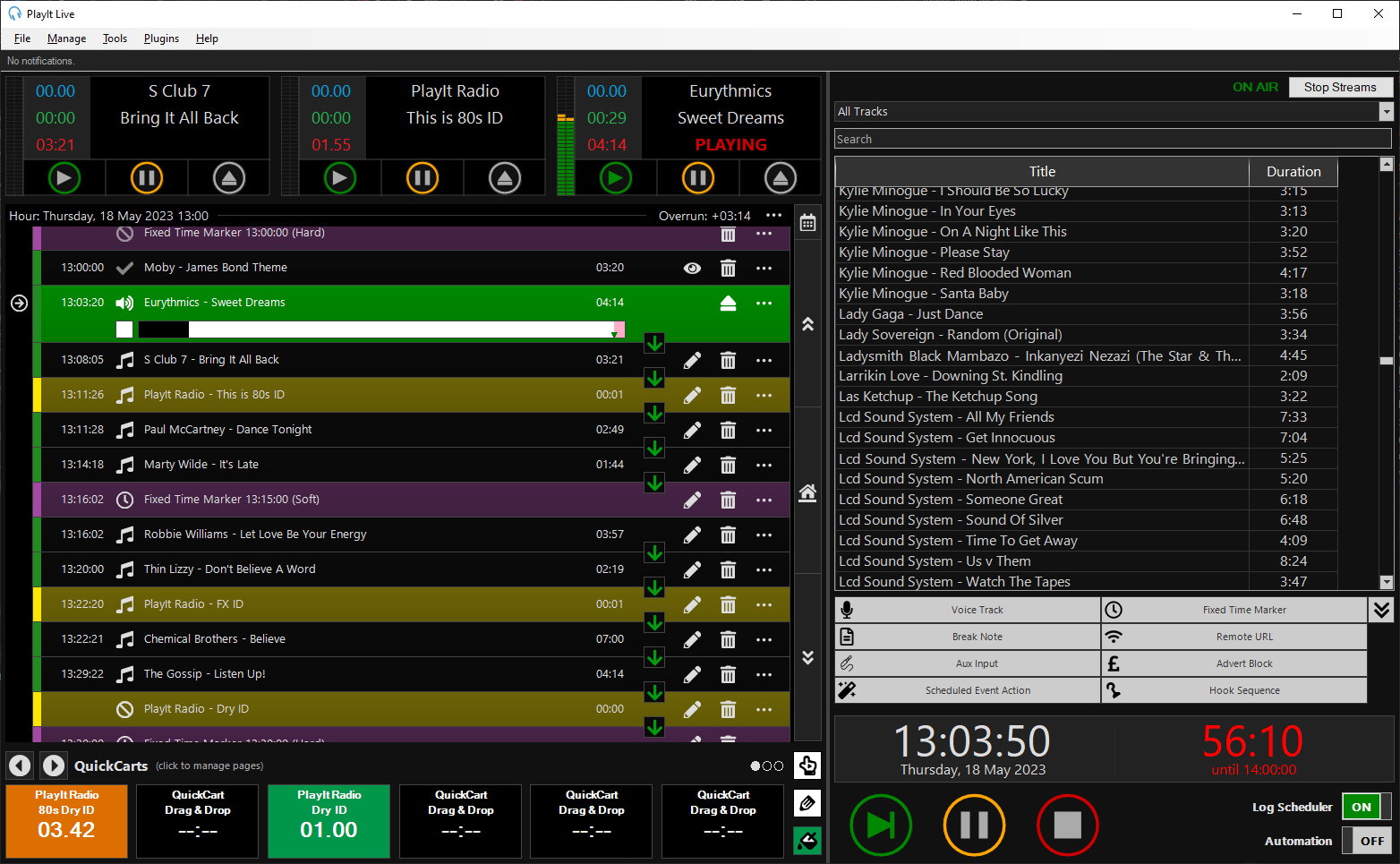

The next level, ten times higher, is the “B” level (≥ 10 -7 W/m 2) followed by “C” flares (10 -6 W/m 2), “M” flares (10 -5 W/m 2), and finally “X” flares (10 -4 W/m 2). The X-ray flux levels start with the “A” level (nominally starting at 10 -8 W/m 2). Solar flare intensities cover a large range and are classified in terms of peak emission in the 0.1 – 0.8 nm spectral band (soft x-rays) of the NOAA/GOES XRS. These include electromagnetic radiation, which are observed as solar flares. As these magnetic fields evolve, they can reach a point of instability and release energy in a variety of forms. Solar flares usually take place in active regions, which are areas on the Sun marked by the presence of strong magnetic fields typically associated with sunspot groups. The D-RAP (D-Region Absorption Prediction) product correlates flare intensity to D-layer absorption strength and spread.

This results in a radio blackout – the absence of HF communication, primarily impacting the 3 to 30 MHz band. This can cause HF radio signals to become degraded or completely absorbed. When a strong enough solar flare occurs, ionization is produced in the lower, more dense layers of the ionosphere (the D-layer), and radio waves that interact with electrons in layers lose energy due to the more frequent collisions that occur in the higher density environment of the D-layer. Under normal conditions, high frequency ( HF) radio waves are able to support communication over long distances by refraction via the upper layers of the ionosphere. The increased level of X-ray and extreme ultraviolet (EUV) radiation results in ionization in the lower layers of the ionosphere on the sunlit side of Earth. The sudden outburst of electromagnetic energy travels at the speed of light, therefore any effect upon the sunlit side of Earth’s exposed outer atmosphere occurs at the same time the event is observed. The table below shows how the multicast channels can be divided depending on the station’s programming needs.Solar flares are large eruptions of electromagnetic radiation from the Sun lasting from minutes to hours. MP3 Mode has a usable bandwidth of 120 kbps and is referred to as the Extended Hybrid mode.MP1 Mode has a usable bandwidth of 96 kbps and is referred to as the Hybrid mode.There are two FM modes available to use when multicasting: For an example of such a quarterly checklist, please refer to these online resources: For audio and data program types, please refer to these online resources:Ī suggested best practice is to inform iBiquity with a quarterly checklist of the program types on the main and supplemental channels. The different program types for the multiple channels on a station are maintained by iBiquity. Broadcasters who are part of an HD Radio data services network, such as BTC or TTN, should consult the service providers and their documentation to ensure bandwidth allocations comply with the applicable data providers’ requirements.

The MPS channel is often referred to as the HD-1 channel and the SPS/multicast channels are known as the HD-2, HD-3, and HD-4 channels. There is currently no multicasting available for AM stations.Ī maximum of three multicast channels (SPS) can be broadcast in addition to the main program service (MPS). The configuration of the supplemental program services can be set by the broadcaster to support various program formats. Multicasting is the ability for an HD Radio Technology-enabled FM station to broadcast additional supplemental program service(s) (SPS) simultaneously with the main program service (MPS) using the station’s current frequency allocation.


 0 kommentar(er)
0 kommentar(er)
